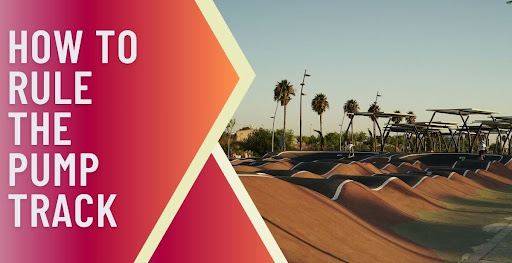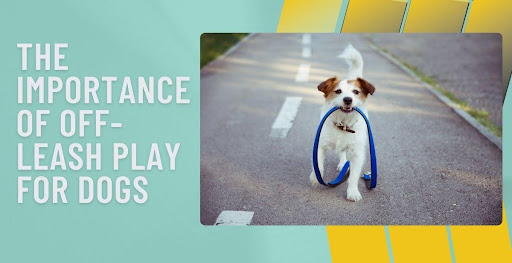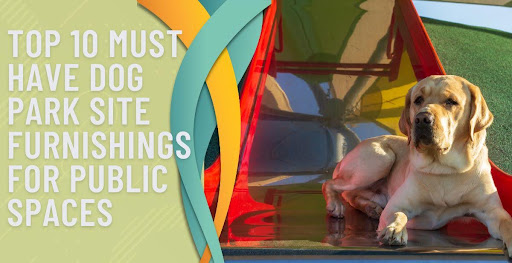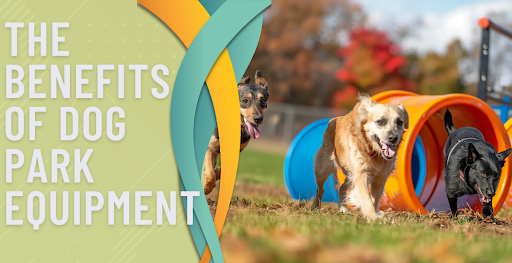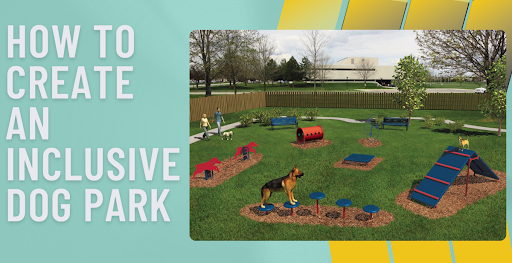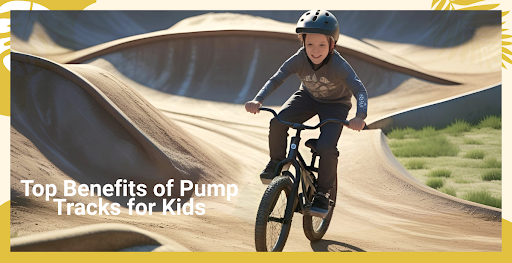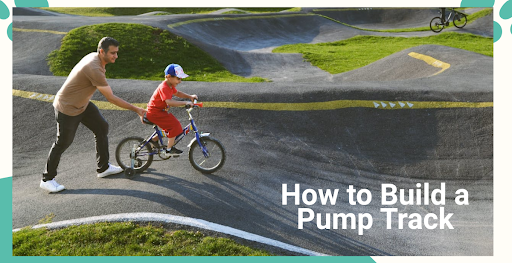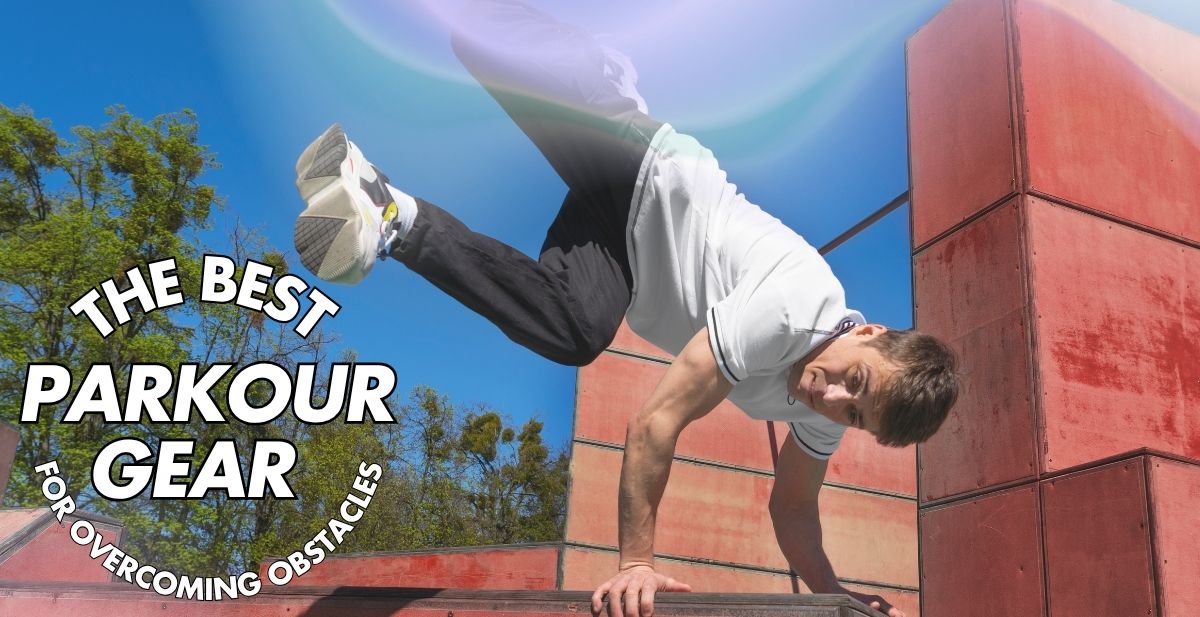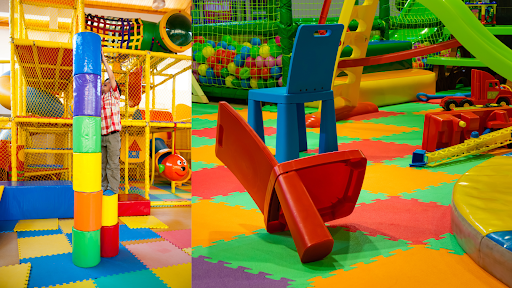Dog Park Etiquette: Do's and Don'ts
Taking your dog to the park can be an exciting and rewarding experience. Here are some essential tips for dog park etiquette that include everything from preparing before you go, to proper behaviour when you're out.


Taking your dog to the dog park has many benefits, including socialization and exercise. You'll encounter dogs with different personalities, making it an adorable experience. However, it's essential to remember your dog's behaviour and follow the dos and don'ts of dog park etiquette rules posted.
By being aware of these rules, you can ensure a safe and enjoyable time for you and your dog. Here are a few tips for ensuring your furry friend is always well-behaved in any dog park.
Do's for a Positive Experience

Understand your dog's personality before bringing them to the dog park.
Dog parks are fun for our furry pals, but they can also present challenges that your dog should be able to handle. Observing your dog interact and how well they adapt to new situations is the best way to assess their capability, especially if you've recently adopted an adult dog.
Exercise your dog before heading to the dog park.
Consider if your dog has excess energy and needs mental and physical exercise. Running around at the dog park could lead to issues.
Prioritize a long walk or mental or physical activity before going to the park for a more relaxed experience.
Keep sick dogs or unvaccinated dogs at home.
Don't bring dogs with parasites, worms, fleas, ticks, or a dog coughing or sneezing to a dog park, even if it's empty. Illnesses can spread quickly through shared water dishes, urine, feces, contact with other dogs, and even the ground.
Also, leave them at home if your dog is young or old, must be up to date on vaccinations or fully vaccinated against common diseases of dogs, or has a compromised immune system.
Remove your dog's leash and metal collar before entering the park.
Dog parks typically have a double-gate system to prevent dogs from escaping when a gate is opened. This system allows you to remove your dog's leash before entering the park, avoiding accidents and any off-leash area aggression incidents.
Remove your dog's metal collar before entering the park. Dogs at the park play, romp, and even roughhouse with each other.
If your dog wears a spiked collar, choke chain, prong, or metal collar, playing could lead to injuries for him or his dog playmates.
Take Note: Dogs may still dog fight in this area, so swiftly switch from leash to no leash and continue moving.
Call your dog away from the gate when others enter and leave.
This rule makes entering and exiting the park easier for female dogs while avoiding altercations when new dogs arrive. When greeted by unfamiliar dogs, a dog entering the park can feel anxious or overwhelmed, leading to aggression or fear.
Keeping your pup away from the gate also prevents them from slipping out.
Use small and large dog sections appropriately.
Many dog parks have separate sections for small and big dogs. Only use the small dog section if your dog is truly small. Similarly, don't expose your small dog to larger dogs, which could keep your dog safe.
The size difference alone poses a risk, as small dogs can easily get stepped on or rolled over. Additionally, bigger dogs may chase smaller dogs or tiny dogs, not necessarily out of aggression but because they might see them as prey.
Two exceptions exist to this rule:
- Some parks let shy dogs of any size use the small dog area.
- If the small dog side is not in use and your dog prefers to be alone, it's okay to use that side. Just remember to leave when a small dog enters.
Always watch your dog closely.
A common complaint at the dog park is when pet parents bring their dogs inside and ignore them while engrossed in their phones or books. Instead, make the most of your pet parent' time, thereby engaging and playing with your furry friend!
Pay attention to your dog's body language.
Pay attention to your dog's body language and the body language of other dogs he interacts with. If you see an uncomfortable dog and observe any signs of discomfort, such as ears pulled back, a tense mouth, tucked tail, wide-eyed stares, excessive lip-licking or yawning, you must be ready to remove your dog from the situation.
Not all dogs get along with each other, just like people.
Clean up after your dog.
Not cleaning up after dogs is the biggest protest of pet parents at the dog park. It makes dog poop gross and spreads diseases, parasites, and worms.
Carry a spare bag or waste bag dispenser with you at all times, as parks may not always have them available.
Leave food, treats, and toys at home.
Most dogs react differently to food and treats, so leaving them at home is best. While rewarding the female dog for good behaviour with treats may be tempting, this can backfire and cause conflict.
Instead, reward your dog with petting and praise. Additionally, some dogs have dietary restrictions, so offering a chicken treat to an allergic dog can be dangerous. Bringing toys to the dog park can also lead to fights.
Be cautious when bringing kids to the dog park.
You're at a dog park, not a playground. Bringing kids can be great, but keep them close and teach them that not all dogs want attention. Teach little kids how to greet and handle dogs and avoid running and yelling at strange dogs in the park.
Energetic dogs can knock over infants and toddlers. Unfamiliar dogs pose risks for kids, leading to bad experiences or injuries for which parents are responsible.
Keep track of your dog's activity level.
Monitor your dog's activity, especially in warmer weather, to prevent exhaustion or over. While most dog parks provide water, bringing your bottle and bowl is wise.
Consider a cooling vest or collar on hot days and watch for signs of heat exhaustion: excessive drooling, panting red gums, and an extended, wider tongue.
Intervene when play gets rough.
Some believe dogs will figure it out themselves, but that's untrue. Like people, some dogs can be bullies. If two dogs together are playing and it escalates to growling and biting, avoid intervening by grabbing your dog.
Use noises like your voice or a whistle to separate them. If it becomes concerning, leave with your dog promptly.
Respect the space of the other dog.
Just because a dog is at the park doesn't mean they want to get too close to other dogs. Some dogs may not enjoy prolonged sniffing or playing.
Dog body language can be subtle and vary per dog, so if you're unsure whether your dog should approach or play with another dog, ask the owner's permission. Don't take it personally if someone asks you to give their dog space. Advocating for your dog is responsible and should be normalized.
Redirect your dog to you or move to another area of the park.
Bring water.
Pack water and a bowl (or a portable dog water bottle) to provide your dog with clean water while on the go. This keeps your pup hydrated and encourages them to take breaks and check in with you during playtime.
Be cautious of water facilities in parks as they can be a source of illnesses like kennel cough.
Don'ts for a Positive Experience

Don't wear your Sunday best to the park.
Getting dirty at the dog park is inevitable, but that's part of the beauty of being with dogs—they love us no matter how we look! So, dress comfortably in clothes and shoes that can handle some dirt. Don't forget to bring wet wipes for quick cleanup of hands and paws.
Don't bring treats or food into a dog park.
When enjoying a picnic, it's best to keep your lunch away from other dogs as they may not have good manners and could become aggressive. Praise and pet your dog when they perform well to reinforce good behaviour.
Dogs seek more than just treats from their owners, but be cautious of food allergies and avoid giving them common foods that can be harmful.
Don't bring a puppy or a dog in heat to that dog park.
Puppies under 12 weeks old are vulnerable to diseases that older dogs can easily combat. Dog parks can be a source of parasites and diseases, so keeping young puppies at home is advisable.
Some dog parks don’t allow any intact dogs to visit the park, whether male or female. Unspayed female dogs, regardless of whether they are in heat, risk unwanted attention from other dogs, leading to potential conflicts.
Bringing a dog in heat to the park can create havoc and make you unpopular among dog owners and other park-goers.
Don't let any dogs escape when you enter and exit the dog park.
Dog parks typically have a double gate system to ensure the safety of dogs entering and exiting. When entering, open the first gate, move your dog inside, close the gate, and then open the second gate to enter the park.
When leaving, follow the same method but ensure no dogs have slipped between the gates with you before opening the final gate to exit. If others are waiting, allow them to pass through both gates before entering or leaving the dog park rules well.
Don't pick up your dog on a leash or carry them through the park.
If you are concerned about your dog's safety at the dog park, it is best not to go. Walking your dog on a leash or carrying them in your arms is more appropriate in other places.
The dog park is designed for dogs to run freely and interact with other dogs. Keeping your dog leashed while others are not can create confusion and potential conflicts.
Carrying your dog may attract unwanted attention from larger dogs, triggering their instinct to chase or jump. This can be difficult to control and may lead to chaotic behaviour.
Don't interrupt positive play.
If your dog loves to play with other dogs, be encouraging of this positive and healthy behaviour. However, monitoring the play of multiple dogs and intervening if any issues arise is essential.
Well-mannered play includes bouncy movements, play bows, and taking turns while wrestling. If you notice excessive barking or signs of tension among the dogs, it's best to remove your dog from the situation as a precaution.
Don't allow your dog to be a bully.
It is not recommended to bring them to a dog park. Instead, encourage interaction to address aggressive behaviour in dominant dogs with a guest and their dog in a controlled environment at home.
Gradually introduce them to new surroundings to gauge their behaviour. This approach can help them become more comfortable playing with other dogs before venturing to the dog park.
Don't ignore your dog.
When at the dog park, paying attention to your dog's interactions with other dogs is essential. Ensuring your dog and other dogs are well-behaved is a safety measure for your dog fights everyone involved.
Final Thoughts
Dog park etiquette ensures everyone's safety, well-being, and enjoyment. Ready your dog, be attentive to their behavior, clean up after them, and know when to leave—Foster adequate socialization and relaxation for so many dogs. All appreciate a responsible and considerate owner.
A well-behaved dog reflects positively, creating a harmonious community. The benefits of having a dog park are reflected not just in the health and happiness of the dogs but also in the enhanced quality of life for their owners.
Contact Park N Play Design for Your Dream Dog Park!
Park N Play Design offers custom dog park design services and extensive knowledge in creating the perfect space for your furry friends. We understand that each family's needs are unique, so our services include personalized design consultation for your four-legged family member.
Our award-winning team will bring your vision to life and provide various dog park equipment to match your budget. We handle everything from design to manufacturing, shipping, and installation, ensuring you have the right partner for the job.
Let us help you make your dream dog park come true! Give us a call today to get started.


